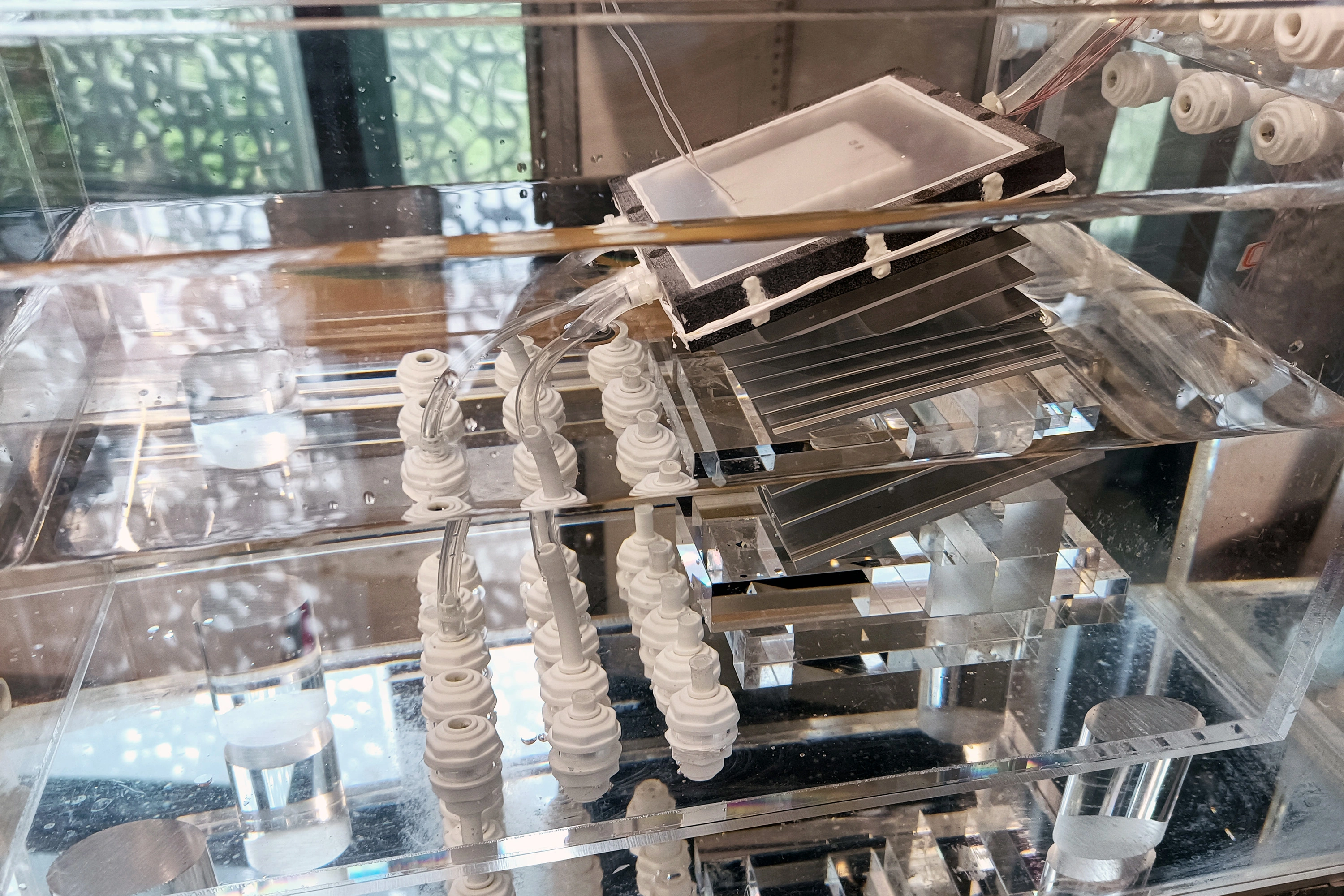According to MIT, this technology works even at small scale, with one the size of a suitcase able to desalinate 6 litres per hour, and only needing to be serviced every few years.
I realize this isn’t explicitly a news community, but man, Lemmy has a thing for posting old articles as if they were just published. I mean, this is probably fine in a tech community like this, but I just want to point out how common it’s becoming across lemmy.
I posted this because I saw a video on the subject today (linked it in the post body) but wanted to post the original source instead of the video.
A person uses some 200 litres per day.
One suitcase according to their description makes 144 litres per day. So this is pretty big if it actually scales.
Depends on the person - I have seen households where a person uses less than 20 liters per day. :)
Besides, seawater can be used to wash oneself or flush a toilet - I think it’s the use of drinking water that makes a difference.
Saltwater isn’t great for utilities, because it’s extremely corrosive. The saltwater would function ok for a while, but it would eventually destroy the toilet. Additionally, the saltwater would need to be sent down the sewage for waste disposal, which the entire processing flow would need to be updated to handle saltwater.
It’s much cheaper to use freshwater to start with.
200 liters is with bathing, cooking, toilets, and all the other conveniences of modern life in industrialized Western society.
This device is aimed at small scale off grid household use - people who don’t have public water or sewer and naturally use much less.
This is groundbreaking!
We’ll have enough salt to last forever!
Thanks to the Star Wars sequels, we’ll have enough salt to last forever.





